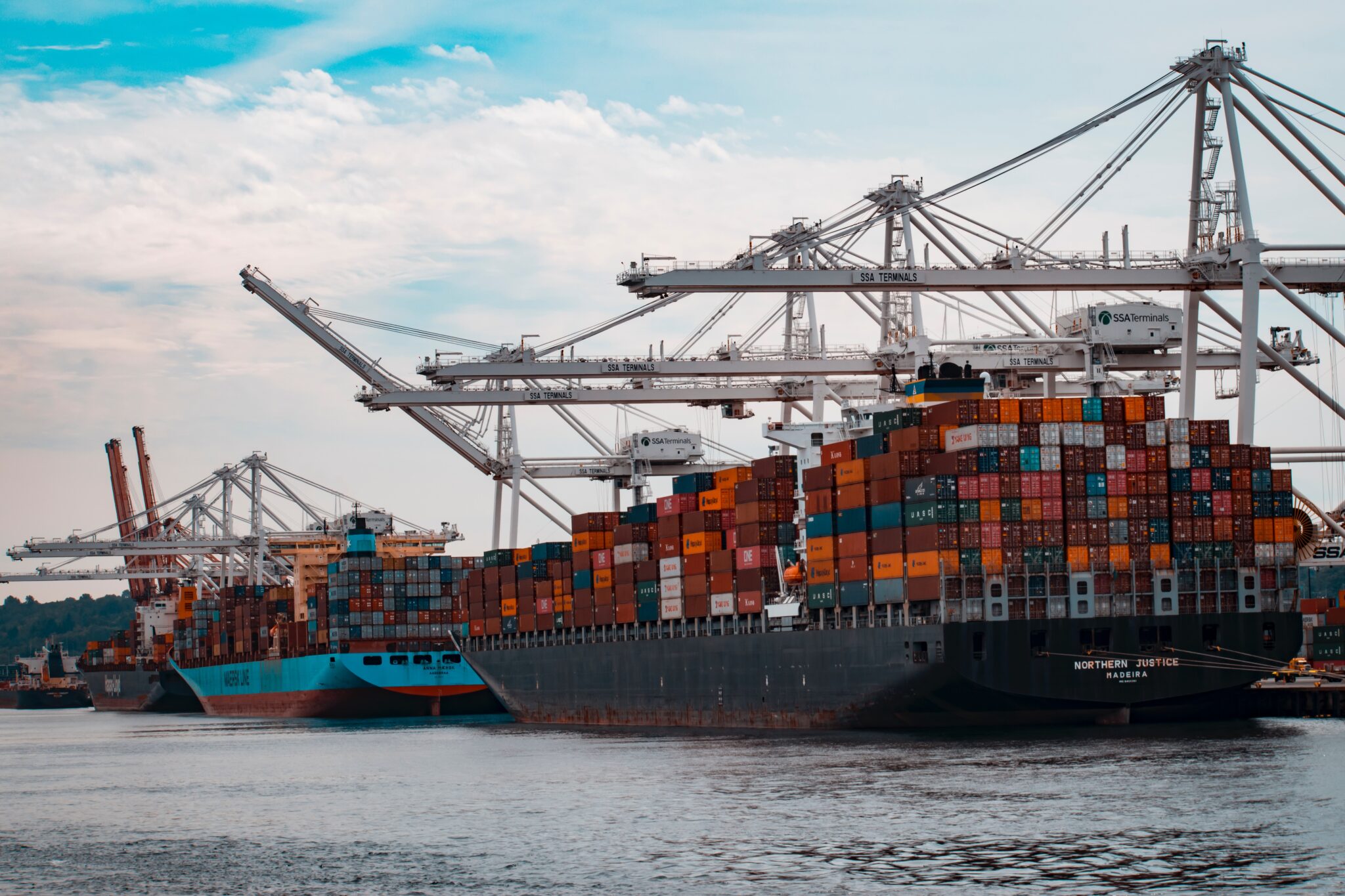
The Export Administration Regulations (EAR) are a set of regulations administered by the U.S. Department of Commerce to control the export of certain goods and technologies from the United States for reasons of national security and foreign policy. Here is a breakdown of the essentials your organization should know for proper compliance.
The Export Administration Regulations (EAR) Explained
In today’s interconnected global economy, international trade plays a vital role in fostering economic growth and innovation. As businesses seek to expand their horizons and tap into new markets, it’s crucial to understand the regulations and guidelines that govern the export of certain products. One such regulatory framework that exporters need to be well-versed in is the Export Administration Regulations (EAR).
The Export Administration Regulations (EAR) (15 CFR Parts 730 to 774) is a set of regulations that control the export of goods and technologies from the United States. These regulations are administered by the Bureau of Industry and Security (BIS), which falls under the jurisdiction of the U.S. Department of Commerce. The primary objective of the EAR is to ensure national security and foreign policy interests by preventing the unauthorized export of sensitive items that could potentially harm the United States or its allies.
More specifically, certain products are subjected to export controls under the EAR to protect national security, control crime, prevent the proliferation of weapons of mass destruction, and maintain a strategic advantage in cutting-edge technologies. The export of certain items, such as advanced electronics, aerospace components, encryption software, and sensitive manufacturing equipment, is regulated to prevent their unauthorized use or transfer to hostile entities or countries.
How does the Export Administration Regulations (EAR) differ from the International Traffic in Arms Regulations (ITAR)?
The EAR differs from another prominent regulatory framework called the International Traffic in Arms Regulations (ITAR), which is administered by the U.S. State Department. While both regulations govern the export of certain products, though, they have distinct scopes and objectives. The ITAR primarily deals with defense articles, including military equipment, firearms, and related technical data. On the other hand, the EAR covers a broader range of goods and technologies, including dual-use items that have both civilian and military applications, as well as certain purely commercial products.
It is important to note that not all products are subject to the Export Administration Regulations. The EAR maintains a comprehensive list known as the Commerce Control List (CCL), which classifies and categorizes items based on their potential dual-use capabilities. The CCL lists products’ Export Control Classification Numbers (ECCNs), which exporters use to determine whether or not a particular product requires an export license. Products like chemicals, biological agents, nuclear materials, telecommunications equipment, and even certain software are all included in the CCL.
How To Know if a Product Requires an Export License
Determining whether a product requires an export license can be a complex task. Various factors come into play, including the nature of the product, the destination country, the end-use or end-user, and any applicable embargo or sanction programs. To navigate this process effectively, exporters should conduct a careful assessment and classification of their product based on its technical specifications and intended purpose, including cross-checking the Commerce Control List, the Commerce Country Chart, and the Consolidated Screening List.
To simplify this process, the BIS provides a number of tools and resources for exporters. The most valuable resource is the Commerce Control List itself, which includes detailed descriptions of controlled items and associated export licensing requirements. Additionally, the BIS offers online training courses, seminars, and outreach programs to help exporters understand and comply with the EAR.
The Consequences of Failing to Comply with the EAR
It is worth highlighting that compliance with the Export Administration Regulations is not only a legal obligation but also a strategic advantage for organizations operating in the global marketplace. By adhering to these regulations, organizations can build trust with their international partners, protect their intellectual property, and avoid potential penalties or reputational damage, making proper and efficient compliance paramount.
Failure to comply with the Export Administration Regulations (EAR) can have severe consequences for organizations. Non-compliance can result in legal and financial penalties, damage to reputation, and loss of business opportunities. Penalties for EAR violations can be substantial, with civil fines ranging from thousands to millions of dollars per violation, depending on the severity and extent of the violation. Just this past April, for example, the BIS imposed a $300 million penalty against Seagate for export control violations. In some severe cases, criminal charges and imprisonment may also be imposed, especially for intentional and willful violations.
Additionally, organizations that fail to comply with the EAR may face restrictions on exporting their products, losing access to lucrative international markets. They may also be subject to export control restrictions imposed by the U.S. government, including denial of export licenses and heightened scrutiny on future export activities.
Ultimately, the consequences of non-compliance with the EAR can have long-lasting and far-reaching effects on the financial, operational, and legal aspects of an organization. It is crucial for organizations to prioritize compliance efforts to avoid these potential pitfalls and maintain a strong position in the global marketplace.
How Fortra Can Facilitate EAR Compliance
Implementing a comprehensive data classification solution, like Fortra’s Data Classification Suite , can assist in categorizing and labeling sensitive information, ensuring that controlled items are identified and protected during export processes. Meanwhile, combining data classification with an interlocking data loss prevention solution can help monitor data flow and prevent unauthorized transmission of controlled information, preventing accidental or intentional violations of export regulations. And finally, rounding out your data protection capabilities with a secure collaboration solution adds an additional layer of protection by managing access and usage rights to sensitive EAR data. Together, these software solutions empower organizations to enforce proper data handling practices, mitigate the risk of export control violations, and maintain regulatory compliance under the EAR.

